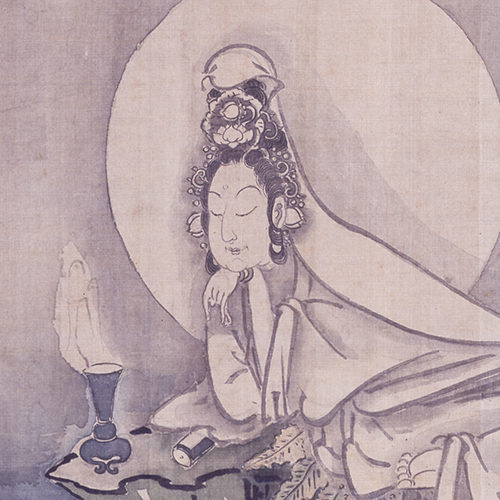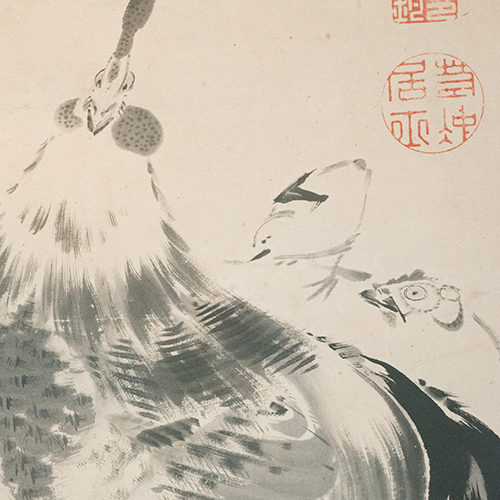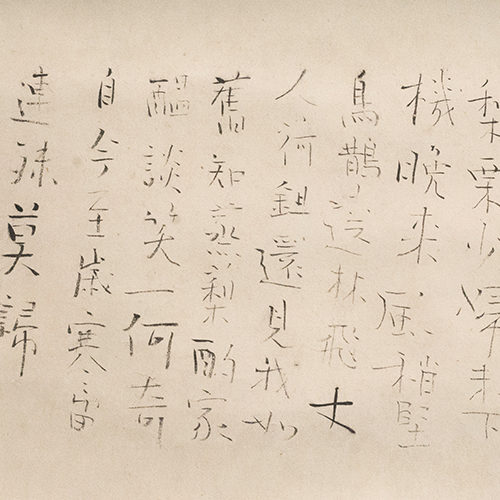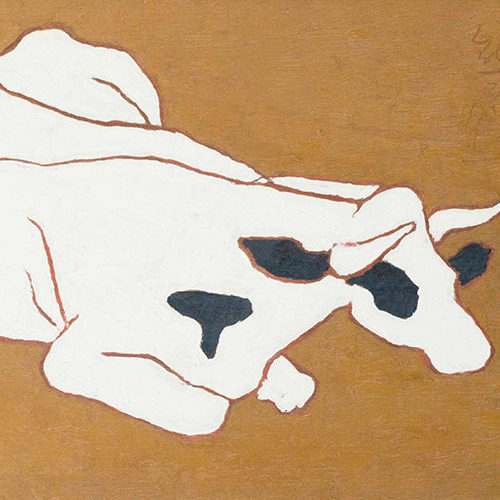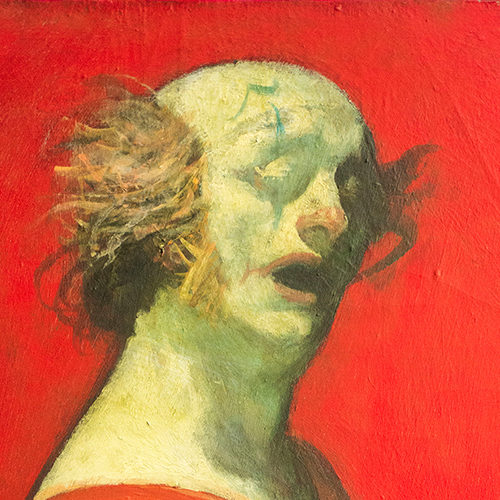Okuhara Seiko (1837-1913) was a painter of the late Edo and Meiji periods. Along with Noguchi Shohin, she is regarded as one of the twin peaks of women’s nanga painters of the Meiji era, and she and Yasuda Rozan were the two most popular artists of the Kanto nanga school. Daughter of Ikeda Shigeemon Masaaki, a feudal lord of the Shimousa Koga domain (Koga City, Ibaraki Prefecture), and uncle of the Dutch scholar Takami Senshi. She is also known as Seiko. She was also the daughter of Ikeda Shigeemon Masaaki, a feudal lord of the Koga Domain (Koga City, Ibaraki Prefecture), and the uncle of the Dutch scholar Takami Senshi. His hall names include Sumitomu Yunro, Shusuisodo, and others. He first studied painting under Tani Buncho’s disciple, Hada Suiseki. He studied Ming and Qing dynasty paintings, and was a personal admirer of Zheng Banqiao and Guo Haruho. In 1865, at the age of 29, she was adopted by the Okuhara family and moved to Tokyo, where she was patronized by Kido Takayoshi and Yamauchi Yodo, and interacted with writers and artists. In 1870 (Meiji 3), she opened a private school for her students, and at its peak, the number of students is said to have exceeded 300. After Fenollosa’s lecture “Bijutsu Shinshitsu” in 1882, the popularity of literati paintings declined, and in 1891, he moved from Tokyo to Narita Murakami Kawakami (Kumagaya City, Saitama Prefecture), where he changed his painting style from bold and open-hearted to dignified and precise.
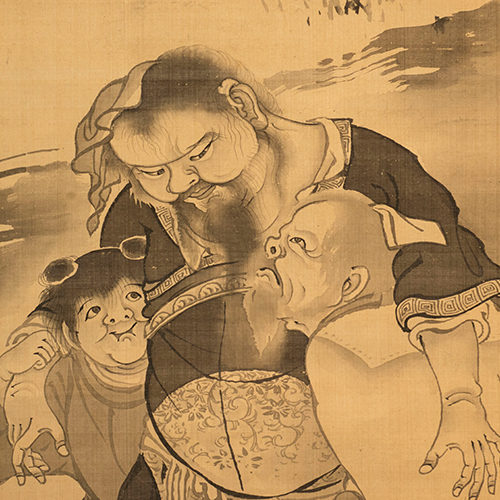
![Kyoto [Gallery-So] for purchase, sale, and appraisal of art works](http://gallery-so.net/wp-content/uploads/2020/05/so-logo.png)
